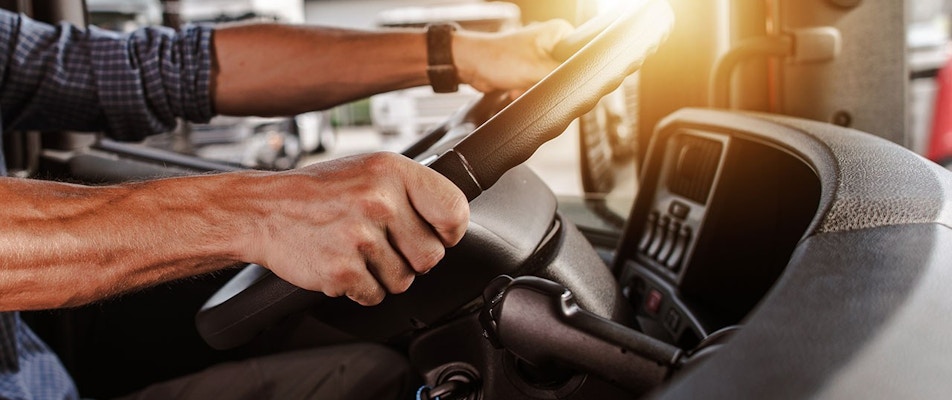

A waste management company should have assessed the competency of a licensed heavy vehicle driver before allowing him to operate a manual vacuum truck, the Supreme Court of South Australia (the Supreme Court) has affirmed in an appeal from the Magistrates Court.
In August 2014, a driver employed by Cleanaway Operations Pty Ltd (Cleanaway) lost control of a vacuum truck while descending a steep section of the South Eastern Freeway. After reaching a speed of 151.9km/h, the truck collided with other vehicles at the intersection of the South Eastern Freeway, Cross Road and Portrush Road. As a result of the accident, two people were killed and the truck driver and another person were seriously injured.
The essential factual finding made by the Magistrate, on which the convictions rested, was that Cleanaway failed to ensure the driver was competent to select the proper gearing for the truck on his descent along the South Eastern Freeway. Cleanaway was convicted on 8 counts of committing section 32 offences under the Work Health and Safety Act 2011 (Cth) (WHS Act).
Cleanaway appealed to the Supreme Court on several grounds, including that the Magistrate had erred in finding it was reasonably practicable to assess the competence of the driver to drive down the freeway.
Chief Justice Kourakis dismissed the appeal on this ground, despite the fact the driver held a heavy vehicle licence.
According to His Honour, heavy vehicle licences ensure “a minimum, but not always sufficient, standard of competency”.
His Honour stated the need to assess drivers’ competence was recognised by Cleanaway because it employed a person to assess the competency of new drivers. In this case, the driver’s competency had been assessed only in respect of automatic trucks. However, he was not assessed in operating manual trucks, even though the ability to make appropriate gear changes was an important safeguard against the risk of collision.
While Cleanaway was unsuccessful in overturning all its convictions, Chief Justice Kourakis did set aside 6 out of the 8 convictions on the basis of duplicity. His Honour ruled that Cleanaway had committed a single breach of the duty owed to its workers (s 19(1)), and a single breach of the duty owed to other persons (s 19(2)).
Causation element in section 32 of the WHS Act?
A separate ground of appeal argued by Cleanaway related to the causation element in a section 32 offence (s 32).
The company argued the Magistrate had erred in finding the causation element was satisfied simply by proof that reasonably practicable measures would have reduced the relevant risk.
Instead, Cleanaway argued the prosecution should have been required to prove the failure to implement those measures was a significant and substantial cause of the relevant people being exposed to the risk of death or injury.
However, in the opinion of Chief Justice Kourakis, “no question of causation arises”. His Honour stated: “on a proper construction of s 32 of the Act the only connection which must be proved between the exposure to risk and the alleged breach of duty is that there were reasonably practicable measures which, if adopted by the PCBU, would have materially reduced the risk to which workers or others were exposed even if the risk substantially arose out of circumstances for which the PCBU was not responsible.”
Thus, although faulty brakes on the truck may also have contributed to the collision, the prosecution had satisfied the requirement to prove a system for assessing the competency of drivers would have reduced the risk of collision.
The full case of Cleanaway Operations Pty Ltd v Hanel [2022] SASC 52 can be accessed here.